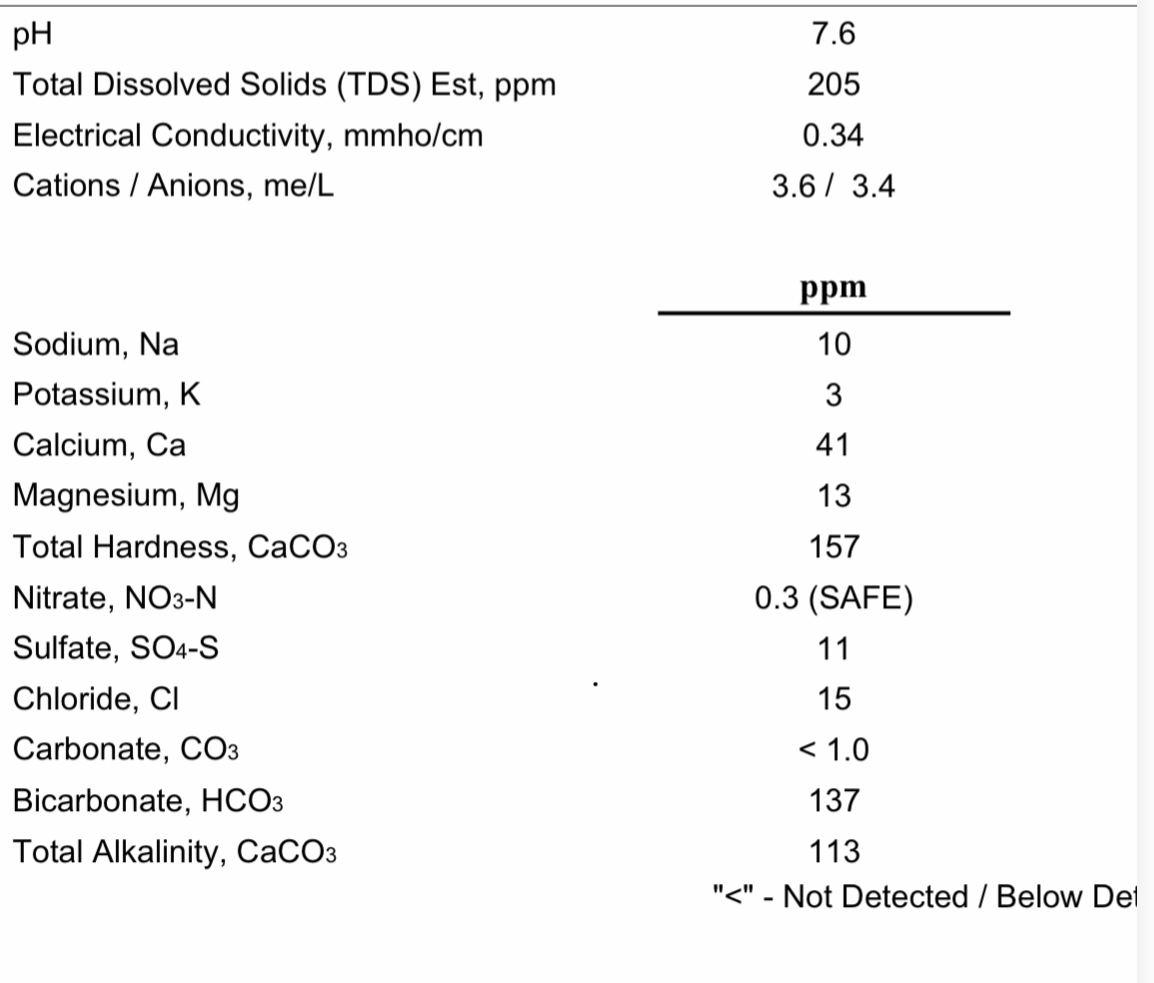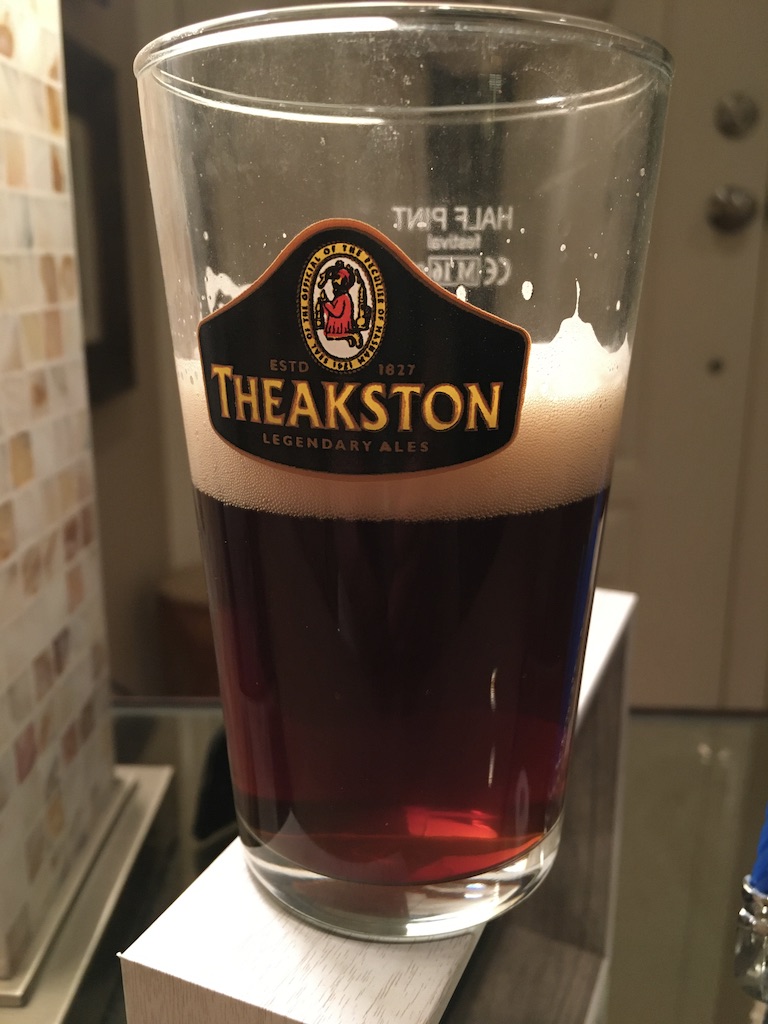Came up with this based on what I have on hand. I’ve never brewed a porter so was just hoping for a quick sanity check that Im not making some massive mistake. Thanks for looking!
Brew Method: All Grain
Style Name: Robust Porter
Boil Time: 60 min
Batch Size: 16 gallons (fermentor volume)
Boil Size: 18 gallons
Boil Gravity: 1.047
Efficiency: 70% (brew house)
STATS:
Original Gravity: 1.053
Final Gravity: 1.014
ABV (standard): 5.12%
IBU (tinseth): 26.33
SRM (daniels): 25.75
Mash pH: 5.51
FERMENTABLES:
15 lb - Brewers Malt 2-Row (42.3%)
15 lb - Maris Otter Pale (42.3%)
3 lb - Amber Malt (8.5%)
1.5 lb - Roasted Barley - (late addition) (4.2%)
1 lb - Carafa Special Type II - (late addition) (2.8%)
HOPS:
2 oz - Amarillo, Type: Pellet, AA: 8.6, Use: Boil for 60 min, IBU: 20.9
2 oz - Fuggles, Type: Pellet, AA: 4.5, Use: Boil for 15 min, IBU: 5.43
OTHER INGREDIENTS:
3 tsp - Calcium Chloride (dihydrate), Time: 60 min, Type: Water Agt, Use: Mash
1 tsp - Gypsum, Time: 60 min, Type: Water Agt, Use: Mash
1 tsp - Lactic acid, Time: 60 min, Type: Water Agt, Use: Mash
YEAST:
Wyeast - Irish Ale 1084
TARGET WATER PROFILE:
Profile Name: London (Porter, dark ales)
Ca2: 100
Mg2: 5
Na: 35
Cl: 60
SO4: 50
HCO3: 265
Brew Method: All Grain
Style Name: Robust Porter
Boil Time: 60 min
Batch Size: 16 gallons (fermentor volume)
Boil Size: 18 gallons
Boil Gravity: 1.047
Efficiency: 70% (brew house)
STATS:
Original Gravity: 1.053
Final Gravity: 1.014
ABV (standard): 5.12%
IBU (tinseth): 26.33
SRM (daniels): 25.75
Mash pH: 5.51
FERMENTABLES:
15 lb - Brewers Malt 2-Row (42.3%)
15 lb - Maris Otter Pale (42.3%)
3 lb - Amber Malt (8.5%)
1.5 lb - Roasted Barley - (late addition) (4.2%)
1 lb - Carafa Special Type II - (late addition) (2.8%)
HOPS:
2 oz - Amarillo, Type: Pellet, AA: 8.6, Use: Boil for 60 min, IBU: 20.9
2 oz - Fuggles, Type: Pellet, AA: 4.5, Use: Boil for 15 min, IBU: 5.43
OTHER INGREDIENTS:
3 tsp - Calcium Chloride (dihydrate), Time: 60 min, Type: Water Agt, Use: Mash
1 tsp - Gypsum, Time: 60 min, Type: Water Agt, Use: Mash
1 tsp - Lactic acid, Time: 60 min, Type: Water Agt, Use: Mash
YEAST:
Wyeast - Irish Ale 1084
TARGET WATER PROFILE:
Profile Name: London (Porter, dark ales)
Ca2: 100
Mg2: 5
Na: 35
Cl: 60
SO4: 50
HCO3: 265



![Craft A Brew - Safale BE-256 Yeast - Fermentis - Belgian Ale Dry Yeast - For Belgian & Strong Ales - Ingredients for Home Brewing - Beer Making Supplies - [3 Pack]](https://m.media-amazon.com/images/I/51bcKEwQmWL._SL500_.jpg)























































